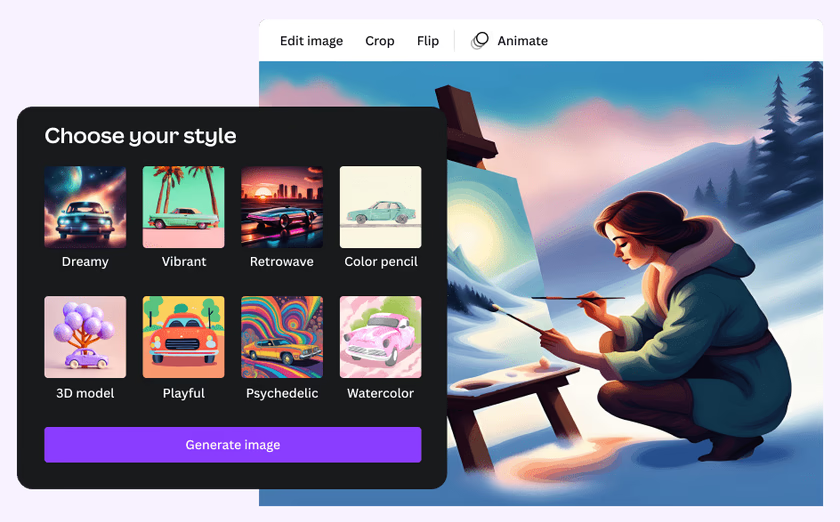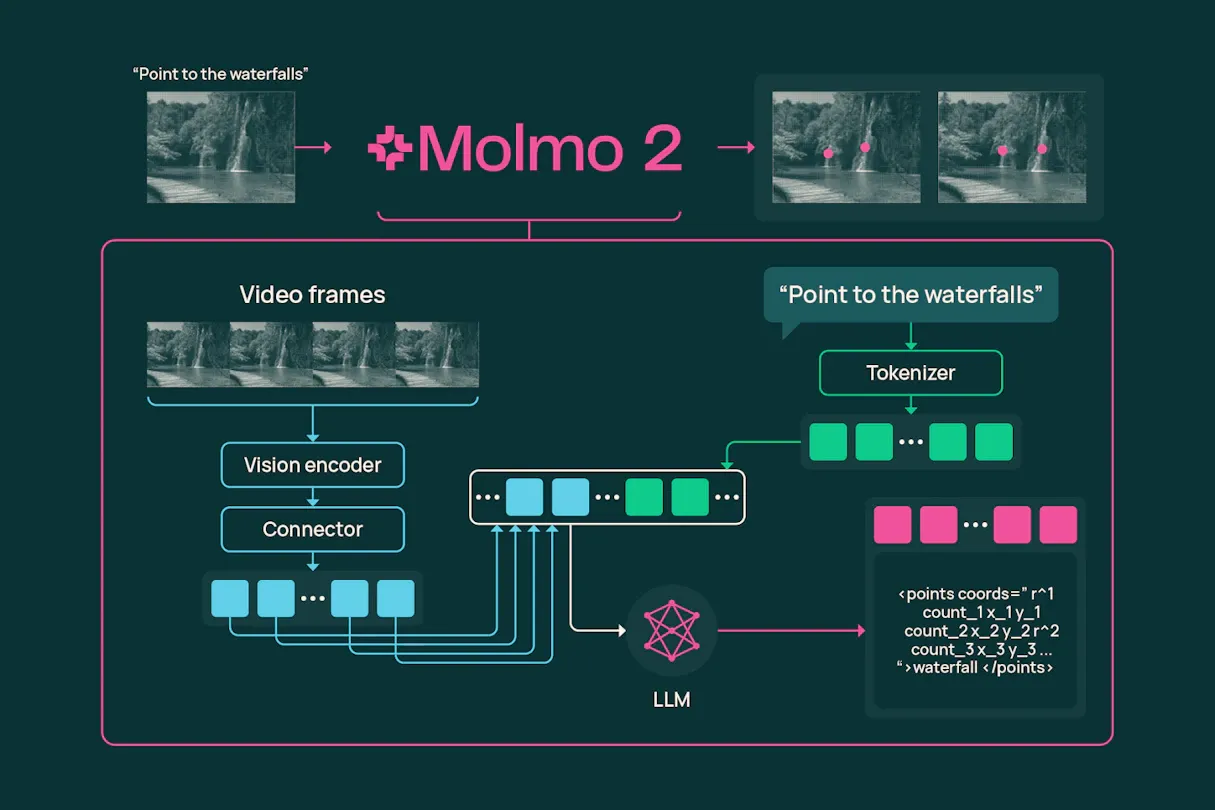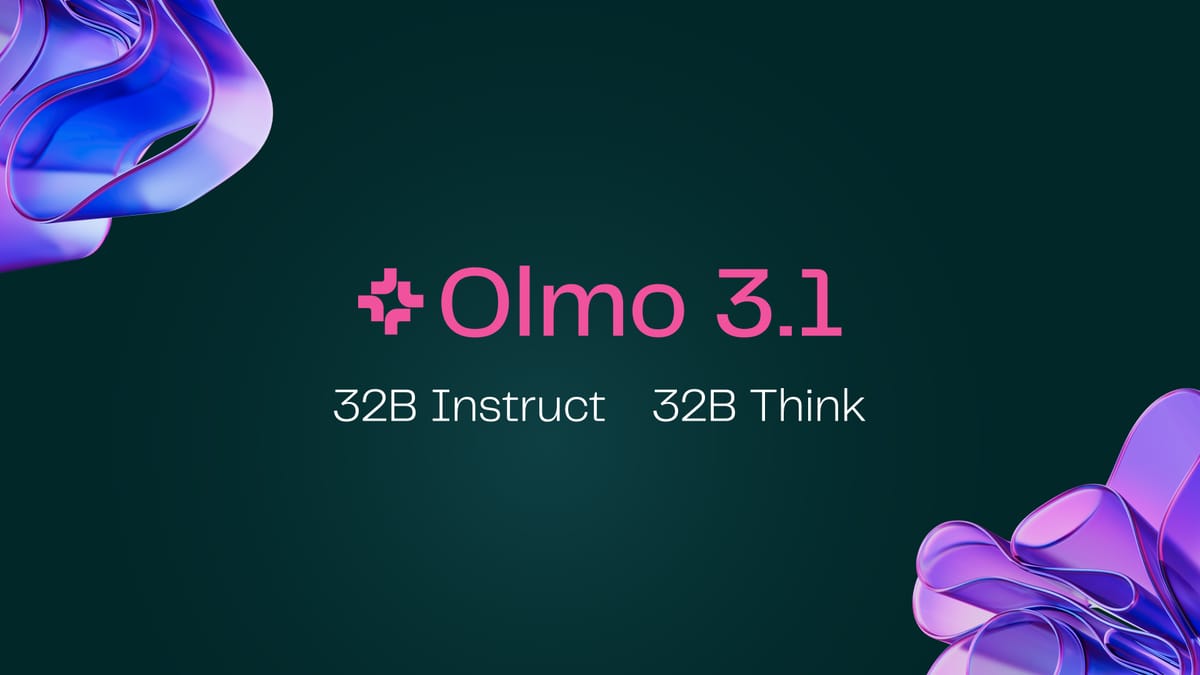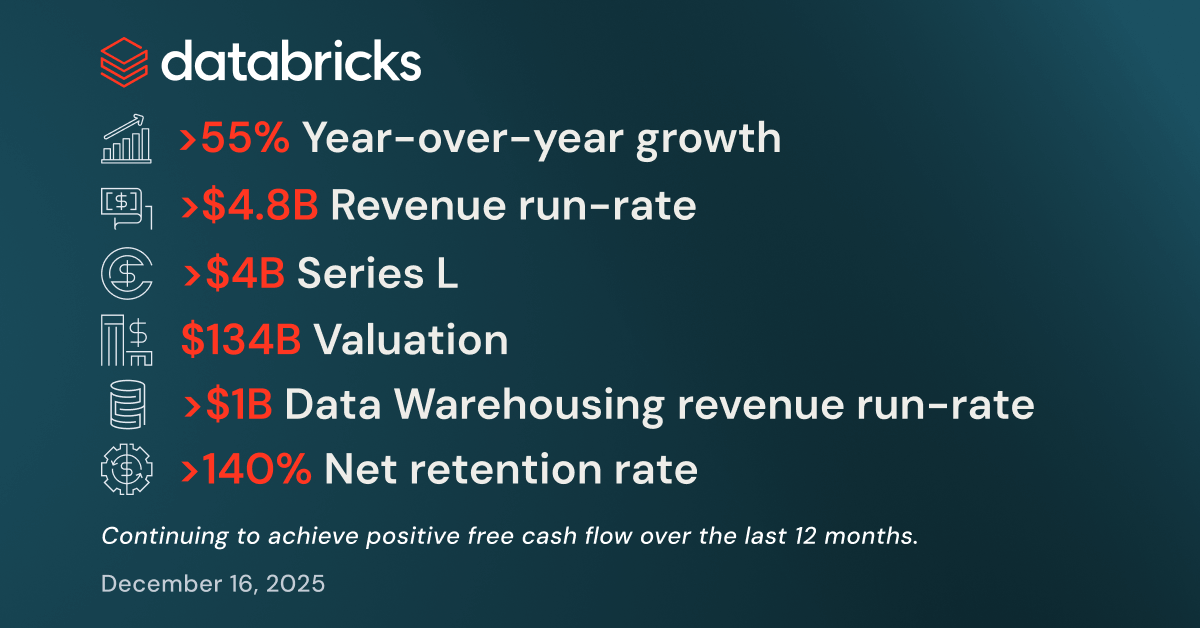After launching its image generation app last year, Canva is now announcing that its users will have additional options to generate visual output, that is, images and video, from text. Starting October 4, Canva's Magic Media (powered by Stable Diffusion) will be joined by OpenAI's DALL-E and Google Cloud's Imagen in the text-to-image Canva app category. Users on Canva's free subscription plan can generate up to 50 images using Magic Media and are entitled to six Imagen uses per month and up to six DALL-E uses in total. In contrast, Canva Pro subscribers will have access to 500 Magic Media uses per month and 50 monthly uses for each DALL-E and Imagen.
In addition to the availability of DALL-E and Imagen, Magic Media has undergone some improvements in accuracy and image quality. It also incorporates an image variation feature that lets users generate a new image based on a previous image prompted by Magic Media. The current generator can also create media in more styles than the previous versions. Finally, the output of any image generation app can be fed into Canva's built-in photo editor, which means users can generate images and edit the resulting media without having to leave Canva.
With the introduction of these apps, Canva also addresses safety and copyright concerns, albeit in a very sparse manner. The company has reaffirmed its commitment to making sure it is adopting enough safety measures to help users "be good humans" and minimize the risks of potentially harmful and unsafe uses. This includes automated reviews for prompts to ensure they do not contain wording that can lead to dangerous images and for generated output from categories such as adult material, hate, and abuse. A feedback loop is available to users who want to report issues they may encounter while using the generators, such as bias and stereotype enforcement.
Regarding copyright issues, Canva has stated that the company is not claiming ownership of the visual media generated using the AI apps. If users comply with Canva's terms, they can claim ownership of the material and use it for personal and commercial uses. Users should consider, however, that Canva is not claiming that users are the exclusive rightsholders or entitled to copyright over the visual media.
As for the terms of service, they discourage Canva users from producing harmful, right-infringing, or defaming content and encourage letting the intended audiences know that they are viewing AI-generated content. Canva also explicitly advises against using its tools to produce images of public figures or trying to replicate copyrighted content. Regardless, they keep silent about the fact that some of the companies behind its soon-to-be-popular image-generation apps are currently facing a copyright lawsuit after it was proven that image-to-text generation apps tend to plagiarize the material they are trained with. Moreover, training datasets are often compiled by harvesting material without explicit permission from the respective owners.
It is a no-brainer that Canva would rush to incorporate text-to-image generation into its offerings. However, by easing access to image generation platforms amid a controversy surrounding topics such as copyright and digital media ownership, one may wonder if Canva is indirectly contributing to the problem by not taking a tougher stance on the matter.





Comments